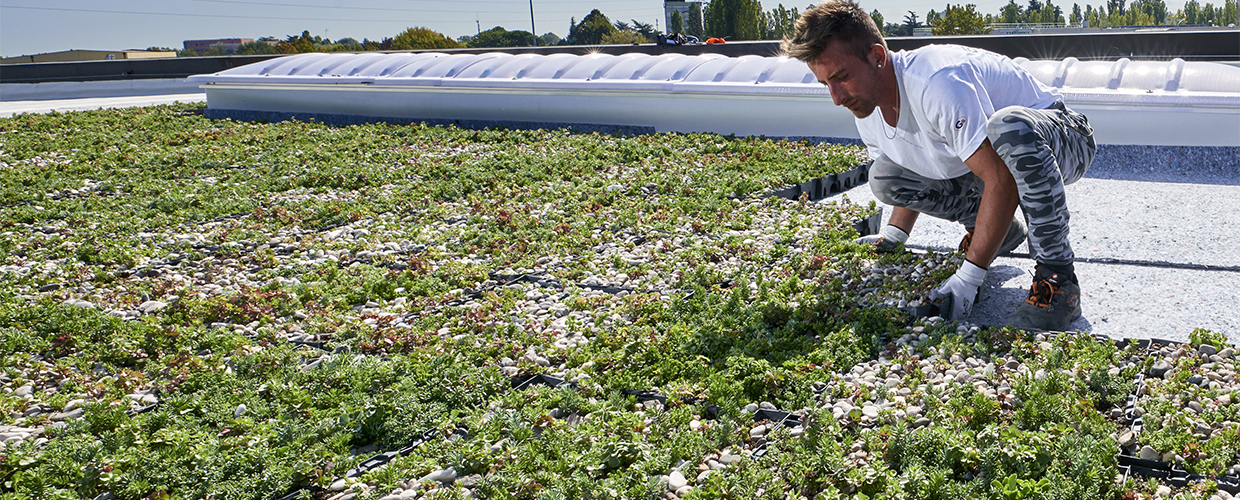High above the frenetic streets, amidst the whispers of shifting winds and under a canopy stitched with stars, urban oases are blossoming—transforming barren concrete expanses into verdant tapestries where human connections take root. Welcome to Rooftop Rendezvous: a symphony of greenery and camaraderie orchestrated through innovative plantation design. Here, amid architectural foliage sculptures and trellised vines that climb like nature's own ballerinas towards the sky, city-dwellers discover communal sanctuaries tailored for escape and engagement. Each rooftop garden becomes an ecosystem not just of plants but also of ideas; sustainable practices merge with aesthetic wonder to foster eco-friendly spaces where pollinators dance among blooms and people gather to share stories or simply bask in shared silence against the backdrop of panoramic city views.
Through cleverly designed multi-tiered
plant beds that double as seating, rainwater harvesting systems masquerading as
water features, and sensory gardens that invite touch, smell, and even
taste—the artistry behind these elevated Edens is one part botany, one part
community-building wizardry. For those who step onto these rejuvenating
retreats of New Roof Plantation—a simple truth resonates within their
leafy corridors: in every sprout of life there lies an opportunity for
connection; in every crafted corner awaits an invitation to commune with
nature—and each other—in harmonious splendor.
As we unfurl the green carpet atop our
urban abodes, 'New Roof Plantation' emerges as a verdant tapestry woven
with the threads of sustainability and innovation. Imagine your home donning a
lush crown of foliage, where each leaf acts as a miniature solar panel, basking
in the sun's glory and converting it into energy—a living roof pulsating with
life. This isn't just about aesthetic splendor; it's an ecological orchestra
playing the symphony of eco-efficiency. By embracing this rooftop renaissance,
we're not only insulating our homes naturally but also creating habitats for
beleaguered city wildlife—our very own nature reserves in the sky.
Every square foot of this elevated Eden
helps to absorb rainwater like a sponge, curbing storm-water runoff that often
overwhelms our urban sewers. Meanwhile, these gardens in the clouds sequester
carbon dioxide with every gentle rustle of their leaves—an unspoken pact
between human dwellings and Mother Nature to heal our wounded atmosphere one breath
at time. And let’s not overlook the tangible harvests: from juicy tomatoes to
aromatic herbs that could transform your culinary endeavors—the ‘farm-to-table’
concept just took on a new vertical dimension!
So let us plant seeds not just in backyards or community plots but above us—where they can reach for the stars while rooting us more firmly to an Earth-conscious lifestyle. As we delve deeper into this transformative journey from barren rooftops to blooming ecosystems, join me in exploring how New Roof Plantation is reshaping both skylines and mindsets towards greener horizons!



